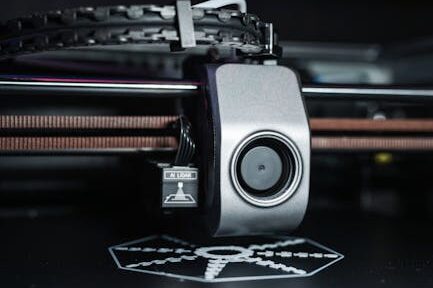Mastering Trello: A Comprehensive Guide for Project Management
Some people consider themselves Excel rock stars who can power through formulae and pivot tables on spreadsheets. However, there are project managers who prefer more visually appealing and user-friendly tools like Trello. With over 50 million registered users worldwide, Trello is a popular choice for many individuals.
Freelancers and startup business owners find Trello to be one of the best options for managing projects due to its high level of customization and integration with tools like Google Suite and Evernote. Its basic version is free, making it accessible for those on a budget. Upgrading to a pro version is affordable, granting access to ‘Power-Ups’ or additional features. While Trello is renowned as a project management tool, it also serves as a content calendar, CRM, and support ticket tracker.
Every week, Trello gains 150,000 new users. If you’re new to Trello and intrigued by these statistics, you might be asking, ‘What is Trello?’ If you’re familiar with a Kanban board, you’ll grasp Trello’s fundamental concept.
Do you like organizing projects and deadlines with sticky notes on a corkboard? Trello digitizes this concept, allowing you to create categories or lists and manage projects by placing ‘cards’ wherever appropriate. These cards represent projects, notes, shared files, or tasks, offering visibility over their urgency and status.
With 70% of projects prone to failure, over a million teams use Trello to boost productivity, manage tasks efficiently, and schedule deadlines with ease.
At Traqq, we aim to help remote workers and teams maximize productivity. Besides recommending our automated time tracker, we offer guidance on using Trello effectively. Consider this your guide to harnessing productivity effectively.
Getting Started with Trello
By now, you understand that Trello helps manage tasks efficiently. However, setting up the system involves a unique process. Instead of starting with to-do lists, you create boards first. Then, create various lists within these boards. Avoid assigning boards for every project to prevent unnecessary back-and-forth navigation. Instead, consolidate items within a single board.
After creating an account, your homepage will appear as follows:
- If you don’t want to see the default Welcome Board, follow these steps: Show Menu -> More -> Close Board -> Close
Creating Your First Board
Let’s say you’re planning weekly activities or tasks. Click ‘Create a New Board’ and label it accordingly. After setting up your first board, the next step is creating lists. You can add multiple cards (tasks, items, etc.) to each list.
For instance, if you’re managing a team of writers and editors, each task goes through stages before completion. Start by creating a To-Do list:
- To add a card, click ‘Add a Card’. Add multiple cards to a list as needed.
Leverage Trello’s visual features by labeling each item by category for a quick glance at a task’s purpose. In our example, the first list includes tasks like ‘Write PGDS Blog’, ‘Create Infographics for PGDS Blog’, etc. Label cards according to the proper category:
- To add a label, click the pencil icon beside a card and select ‘Edit labels’.
Optimizing Your Board Layout
For optimum Trello task management, complete your board layout. Add lists like ‘Submitted’, ‘Quality Control’, ‘For Approval’, ‘Approved’. Move completed cards to appropriate lists. Add deadlines to every card:
- Click the pencil icon beside a card, then ‘Change Due Date’
- Expand the card to select ‘Due Date’ from options under ‘Add’.
Collaborating with a Team
To add people to your Trello board, click the ‘Invite’ button at the top menu and enter their email addresses. Assign cards to board members by clicking ‘Change Members’ or accessing the ‘Members’ option from the ‘Add’ menu. Multiple members can be added to a card.
Trello offers add-ons or ‘Power-Ups’ that enhance project management. Free version users can unlock one Power-Up, like the Calendar Power-Up, offering a monthly glance at cards. For more Power-Ups, explore the Trello blog.
Enhancing Trello with Traqq
While Trello excels in project and task management, it doesn’t track work hours or generate invoices. To monitor freelancers’ performance, use a time tracker like Traqq alongside Trello. With Traqq, creating accurate invoices is convenient, and its monitoring tool ensures remote workers’ productivity by tracking time spent on activities, tasks, websites, or applications.
Many Trello examples demonstrate how to boost team productivity. Pair Trello with tools like Traqq for smooth and efficient project management.




